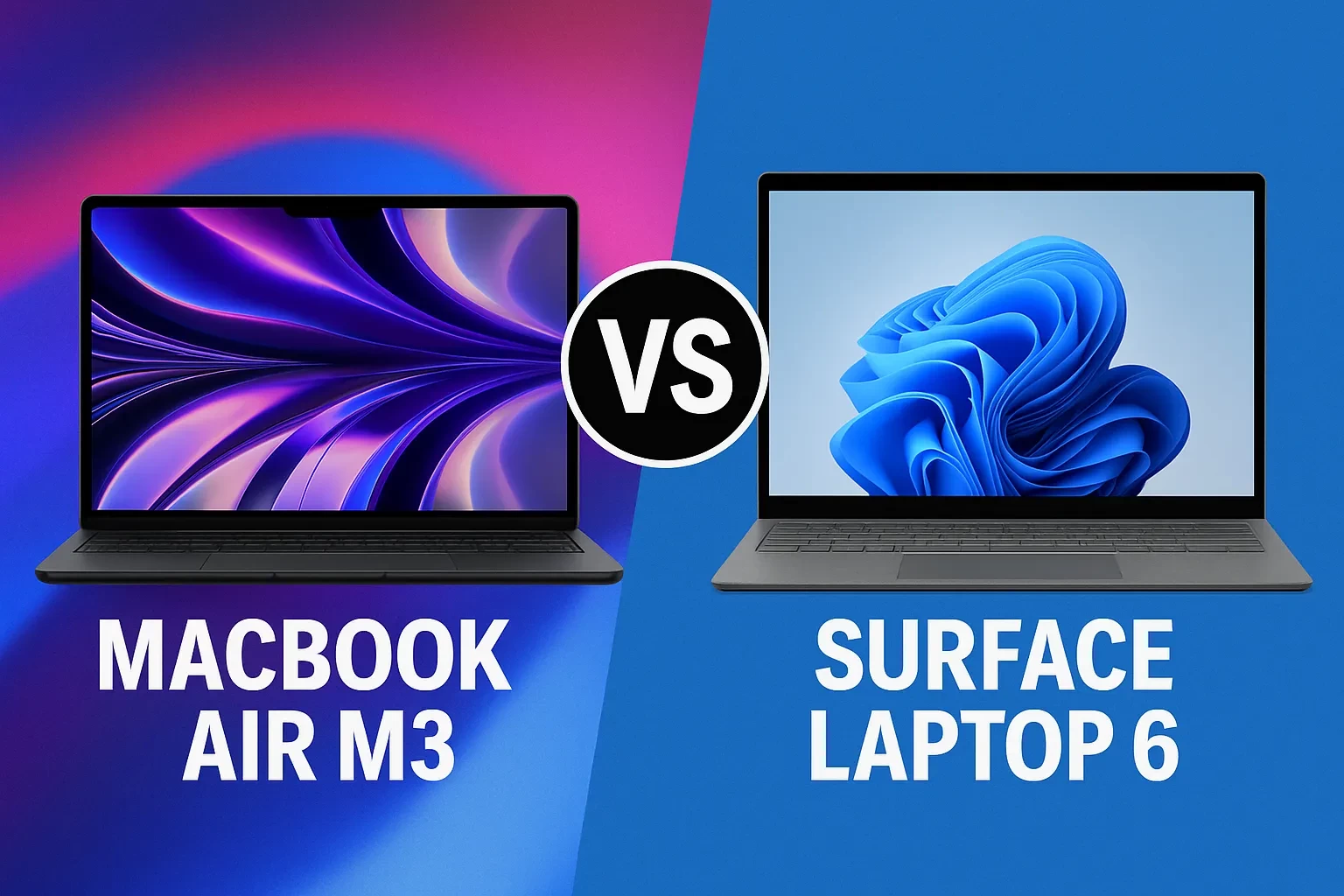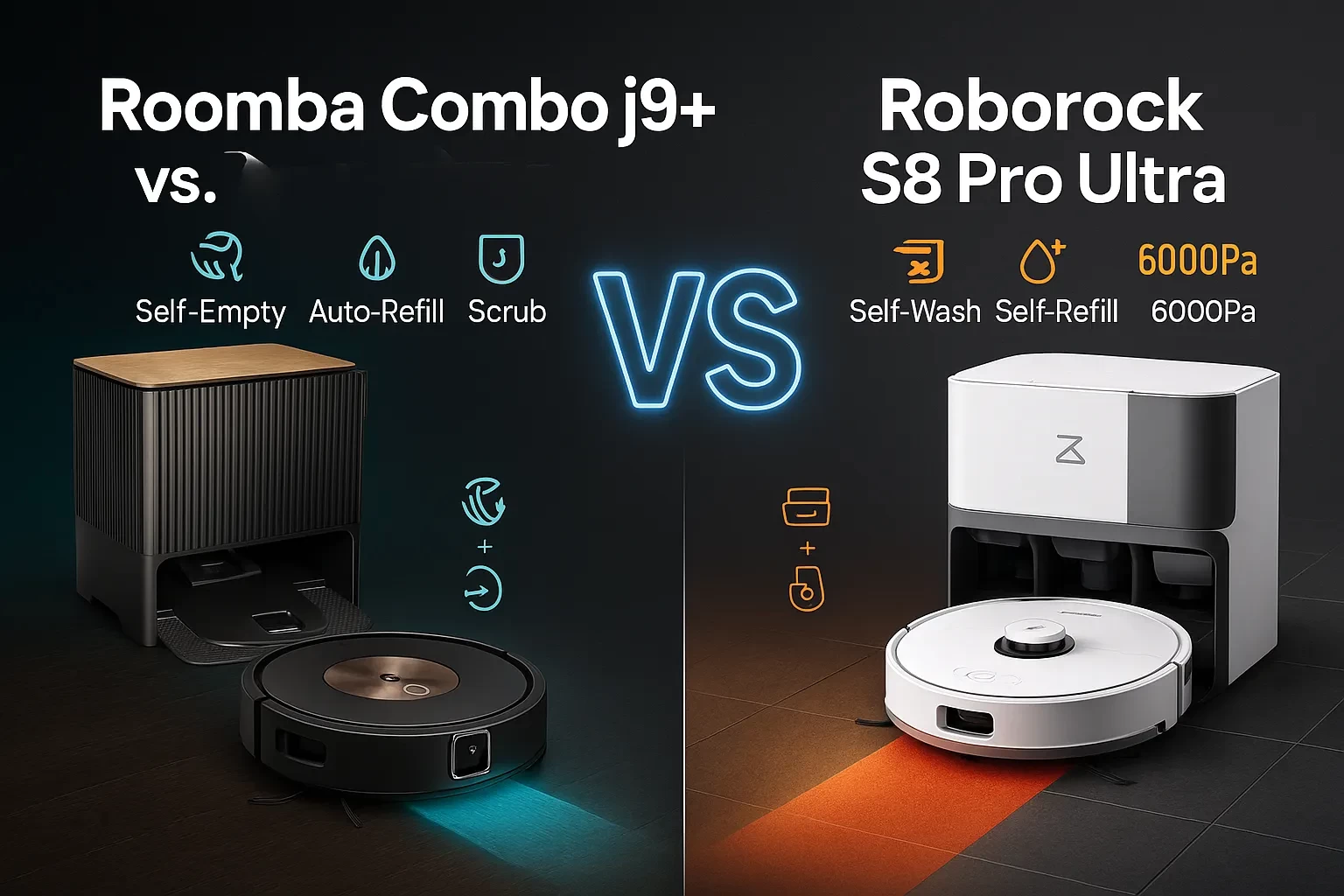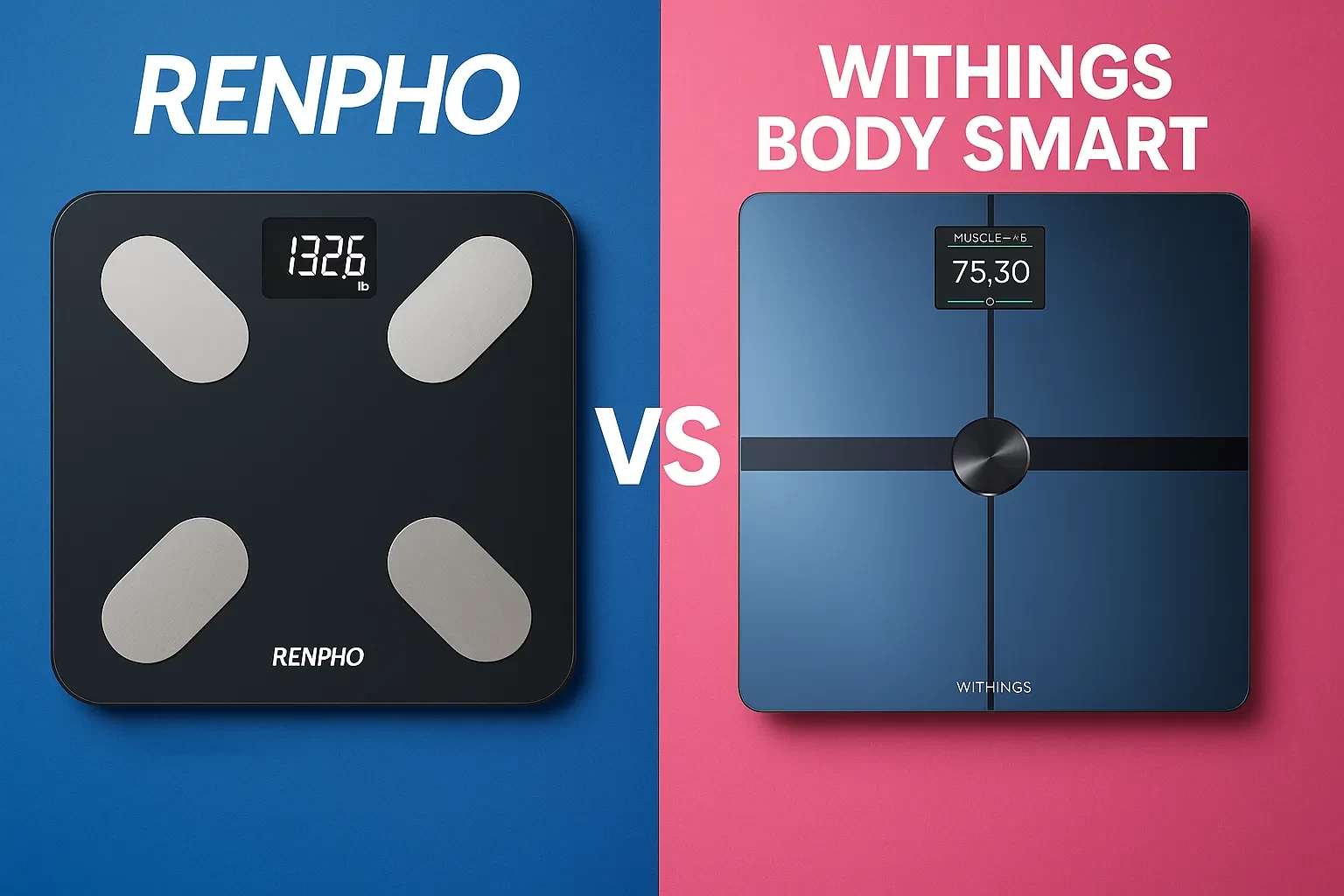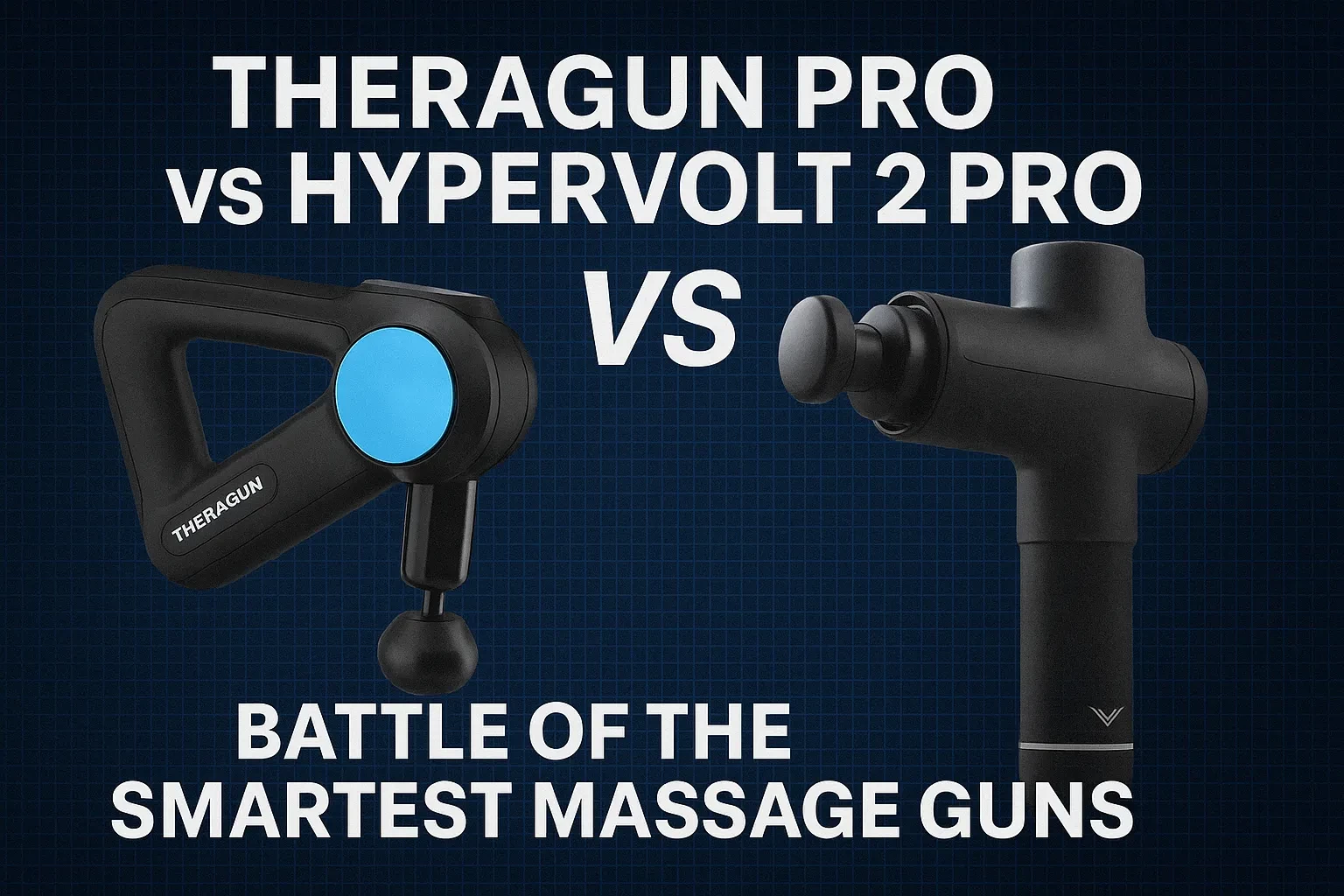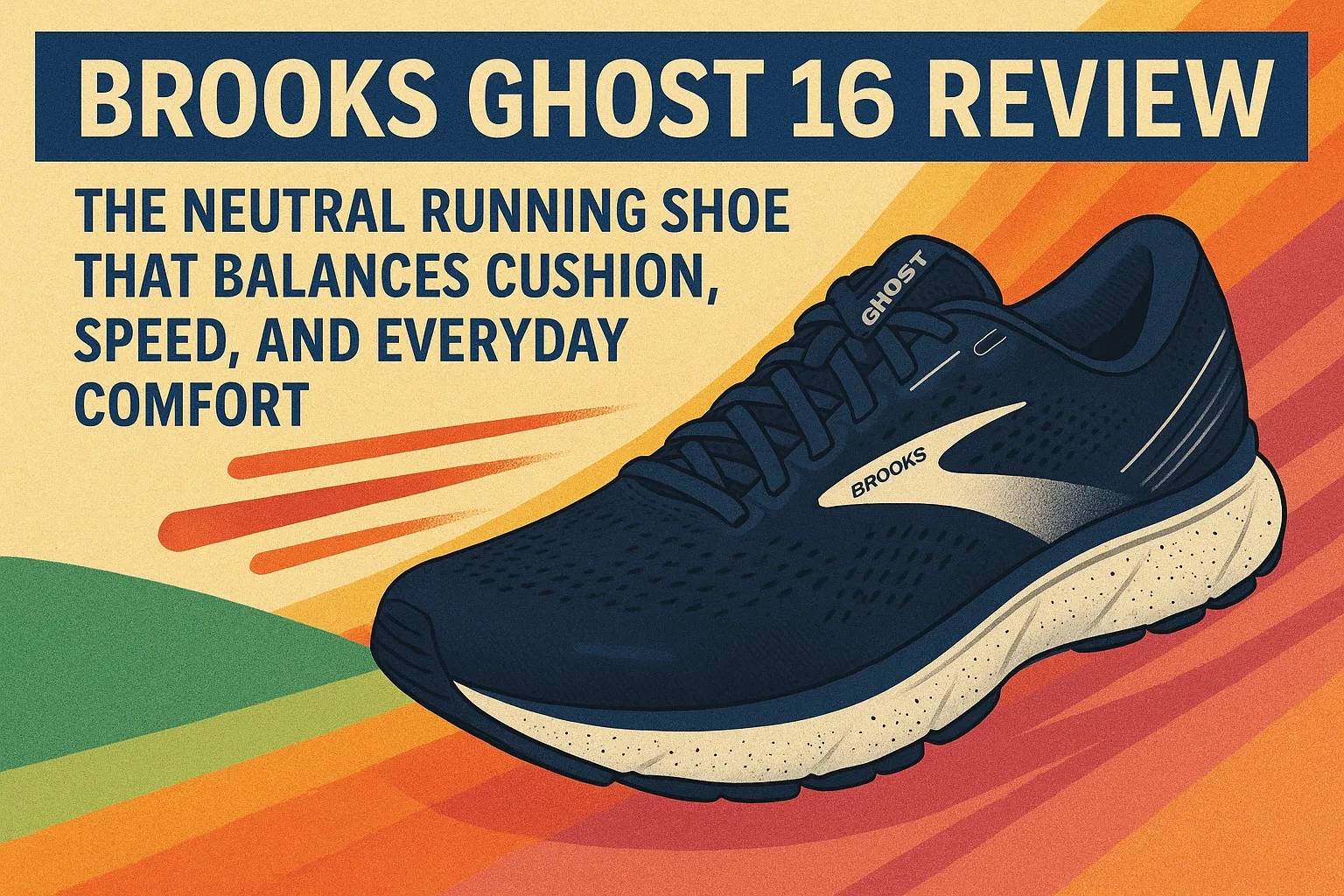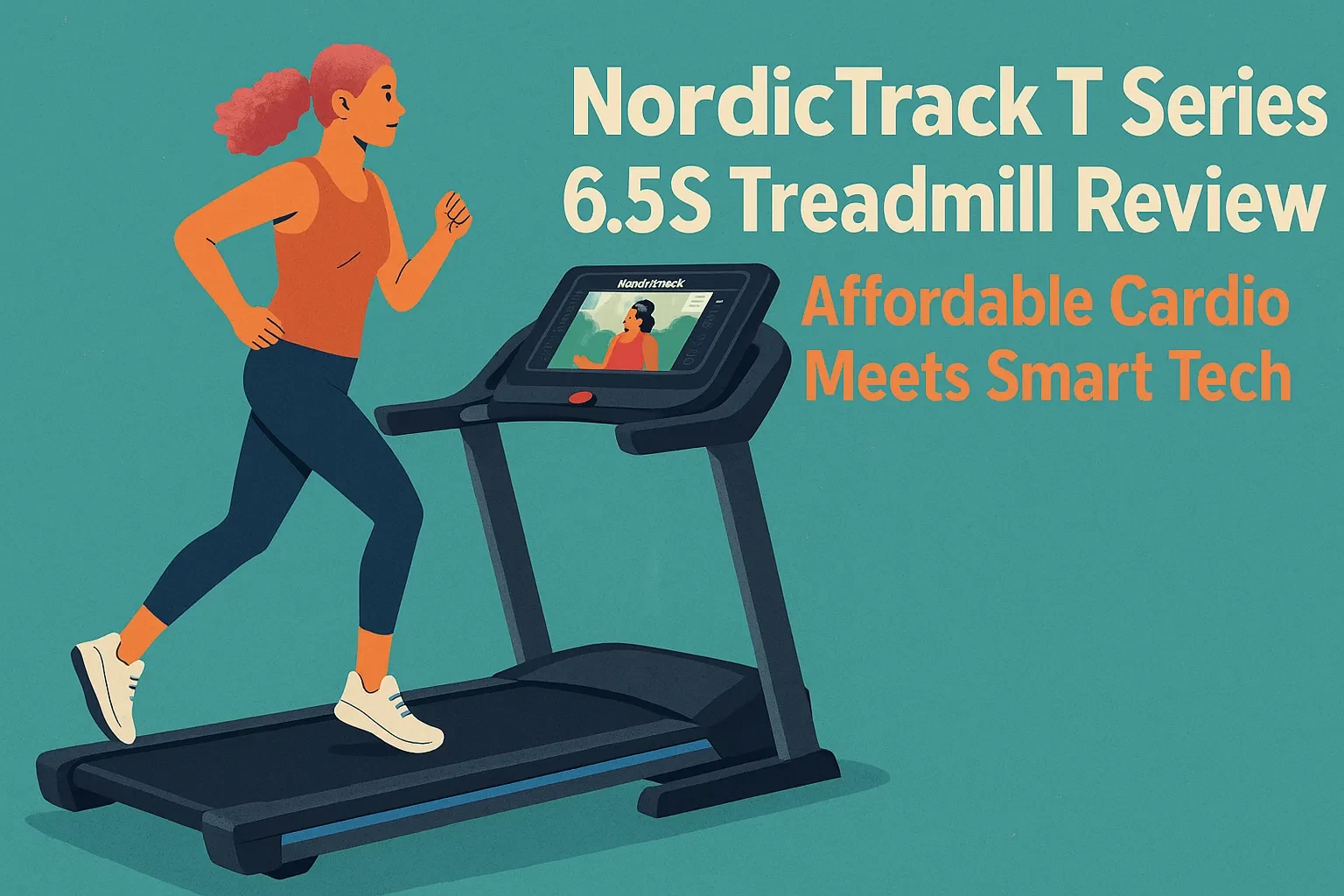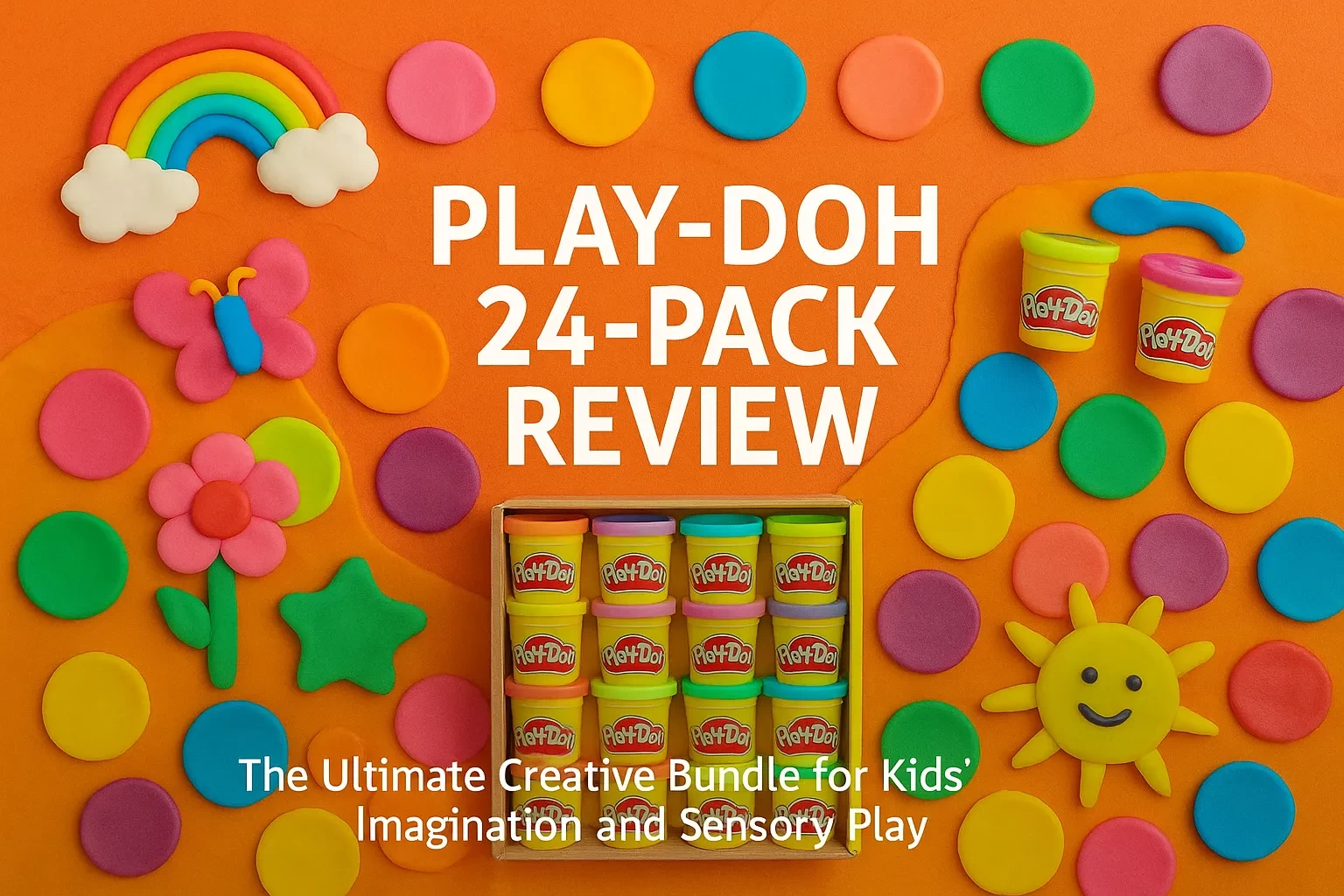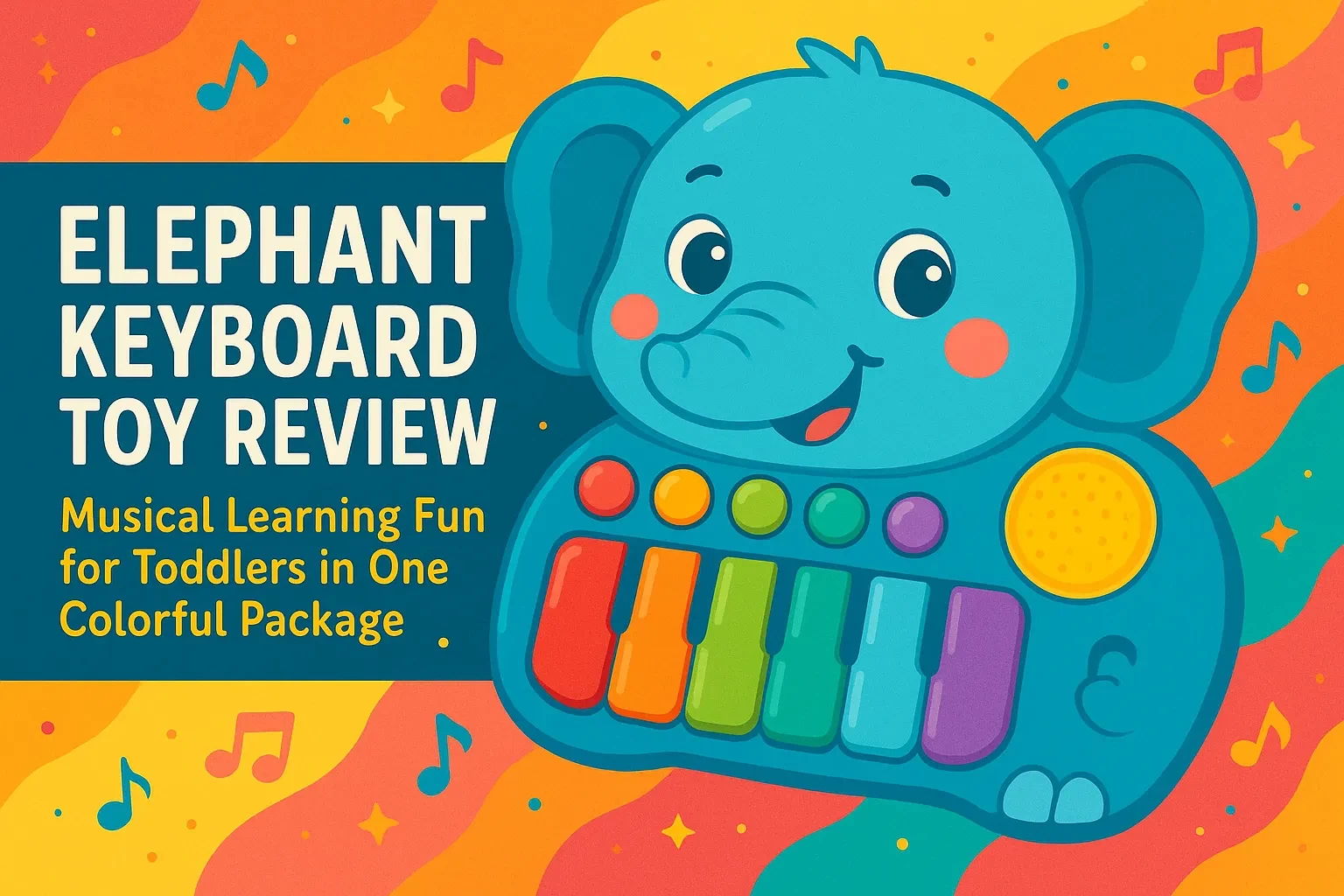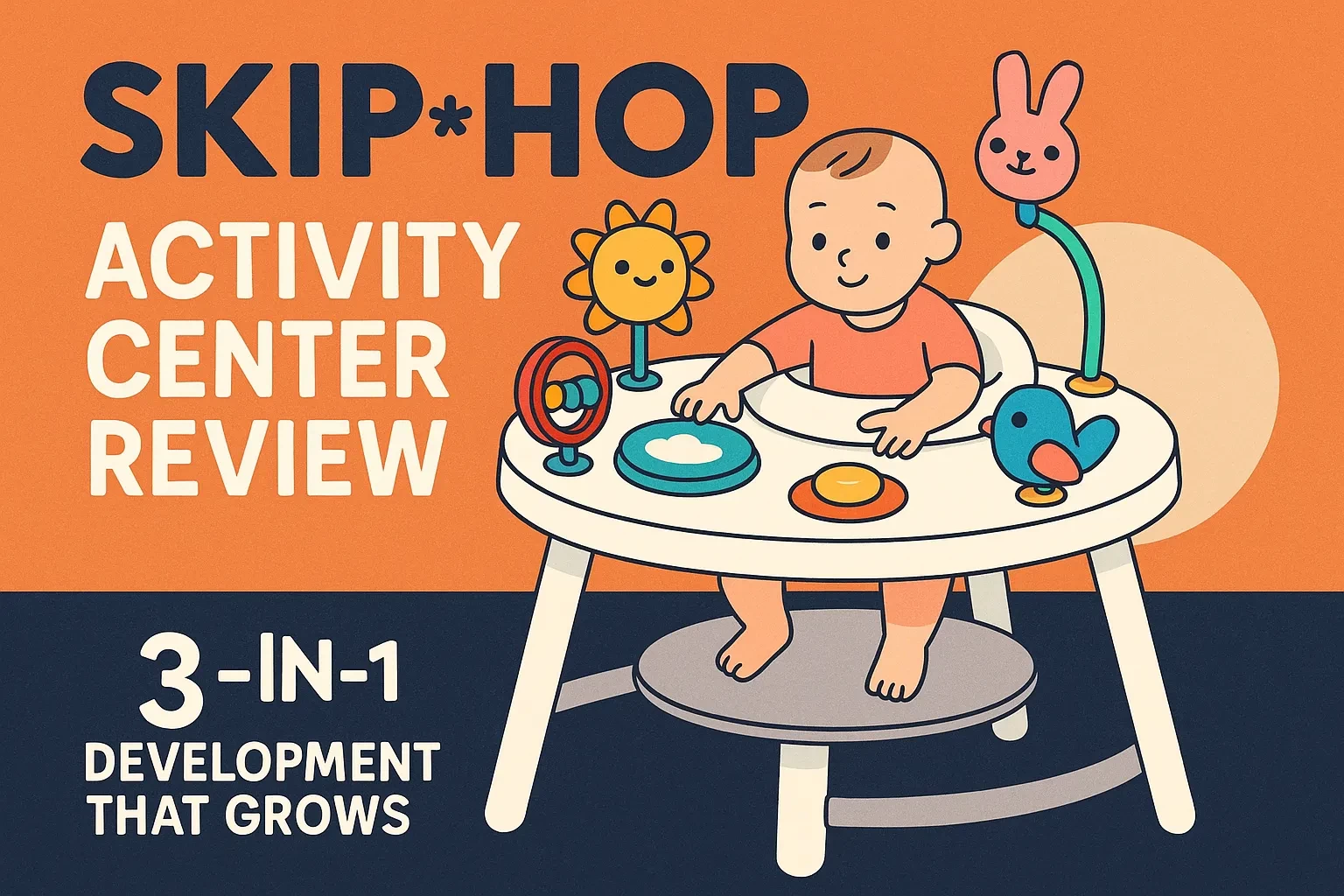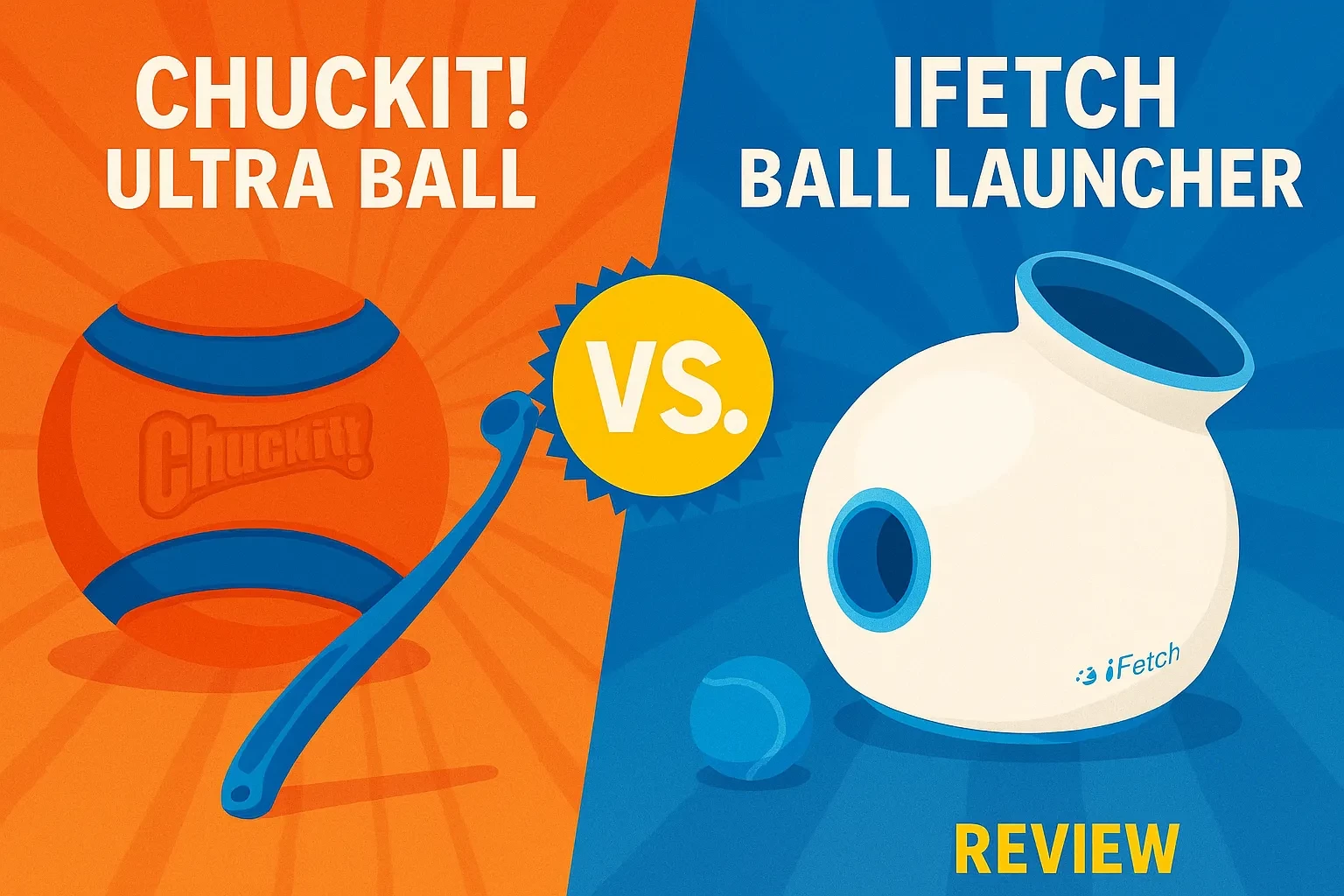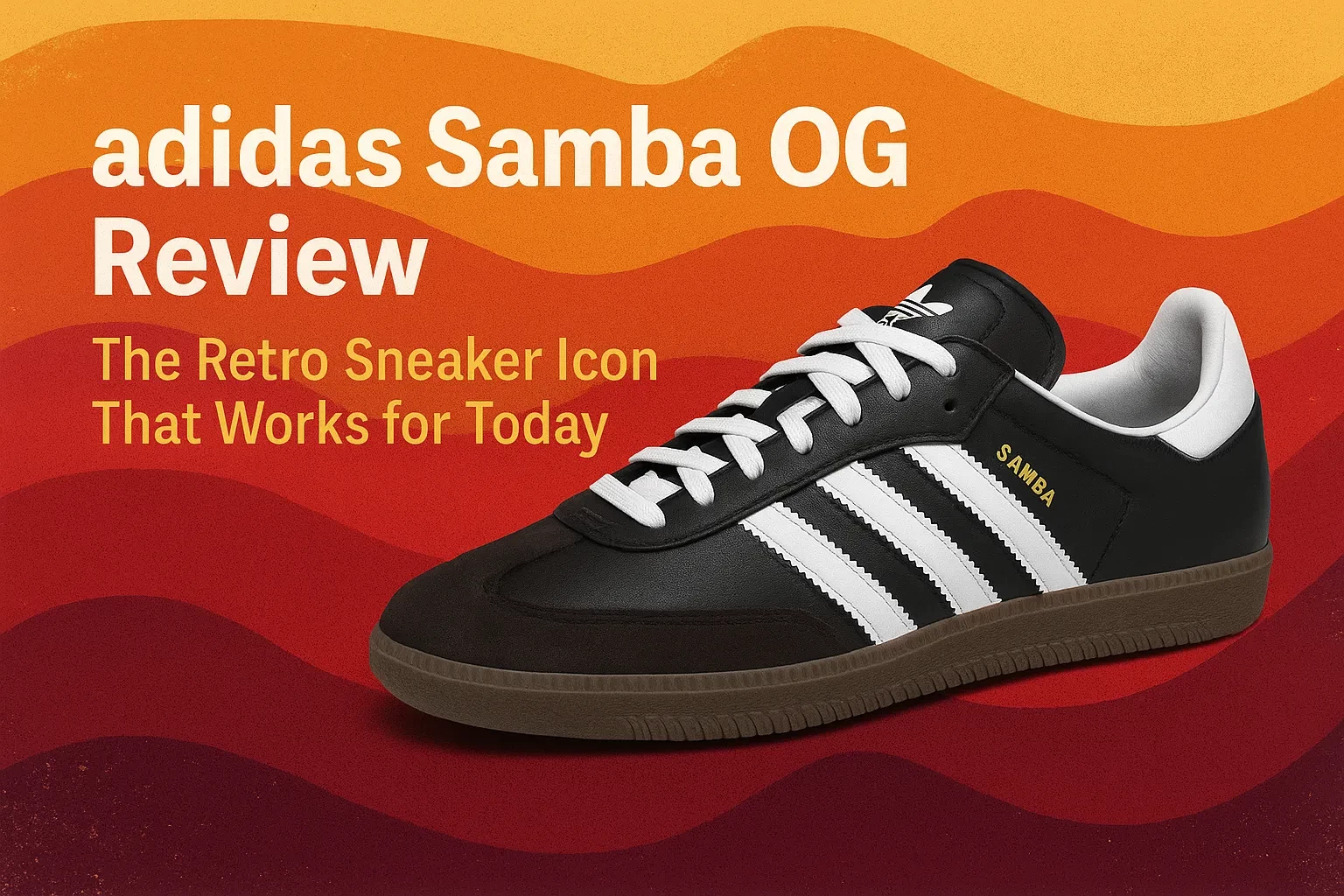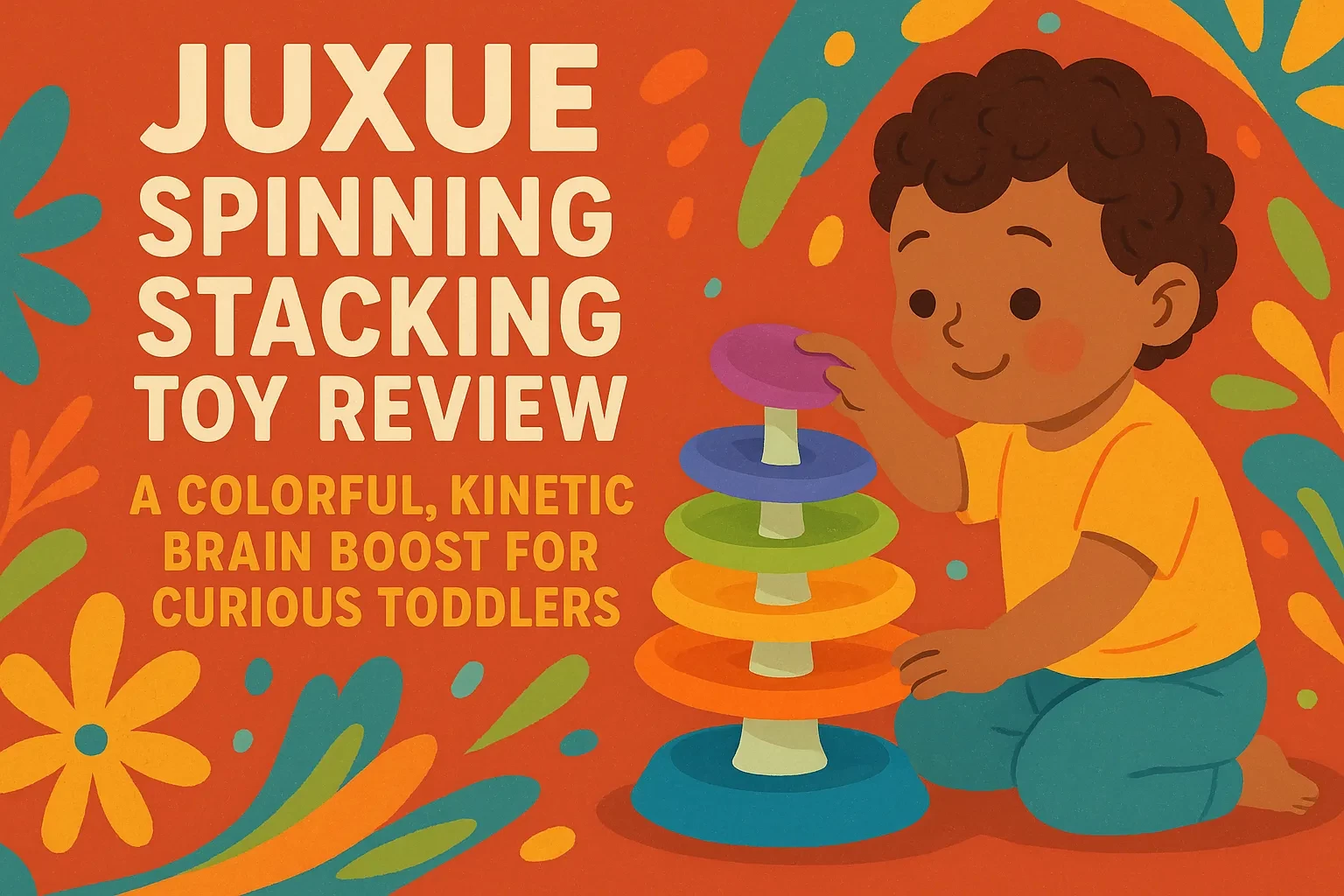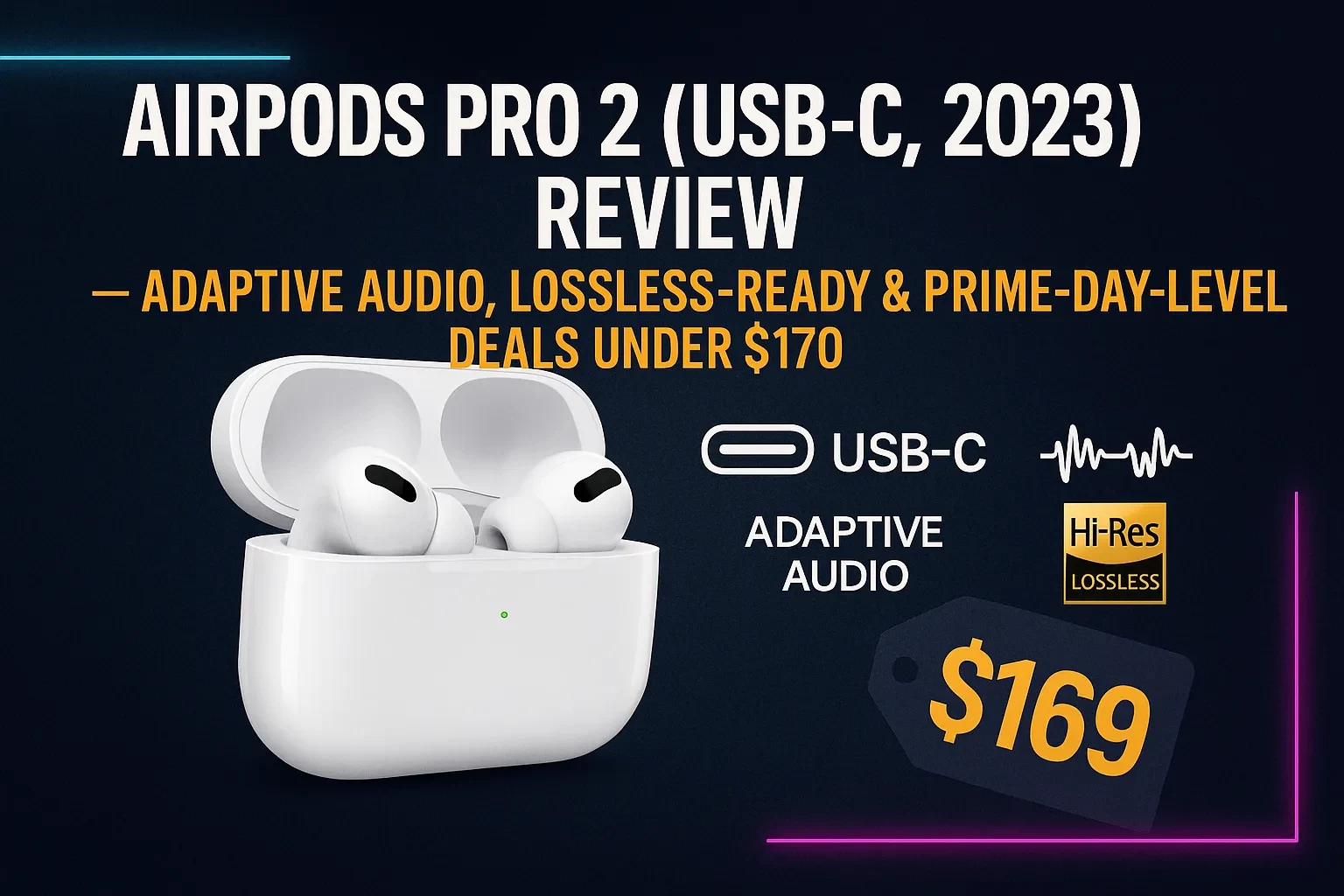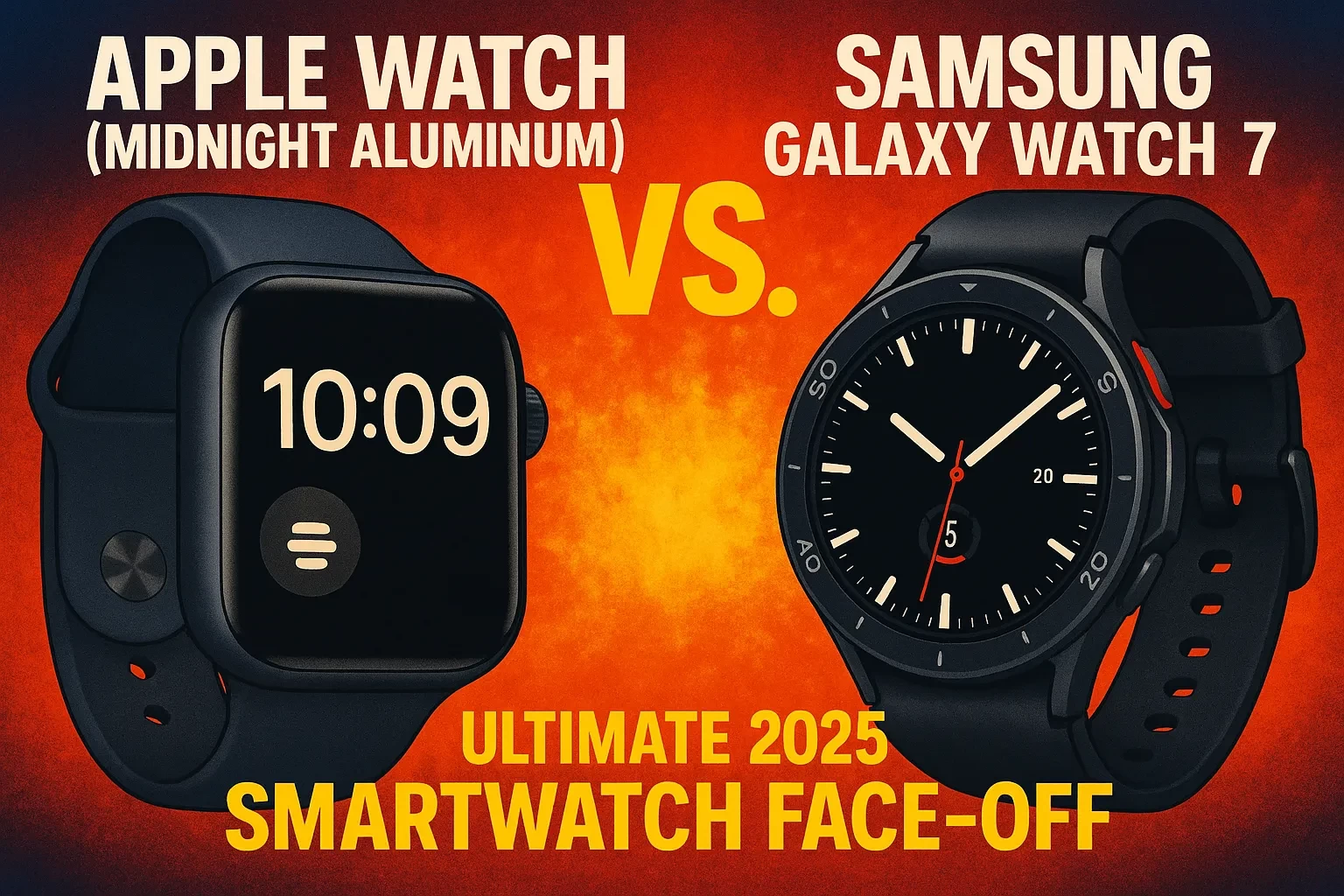Table of Contents
1. Introduction: What Makes a Baby Toy Truly Developmental?
In a market flooded with flashing lights and beeping sounds, the Montessori Sensory Teething Learning Toy stands out for its simplicity—and that's a good thing. Rooted in the Montessori philosophy of learning through exploration, this toy encourages babies to engage with different textures, shapes, and motions naturally, without overstimulation.
Designed for infants as young as 6 months, it combines teething relief, fine motor development, and sensory stimulation in a lightweight, chewable, and baby-safe package. With over 2,000 reviews and a 4.7-star average (Amazon, 2025), it’s quickly becoming a must-have in baby registries and early childhood settings.
But is this toy just a social media fad, or does it really promote meaningful play? In this review, we’ll break down its design, materials, developmental value, and how it compares to more traditional teething and learning toys.
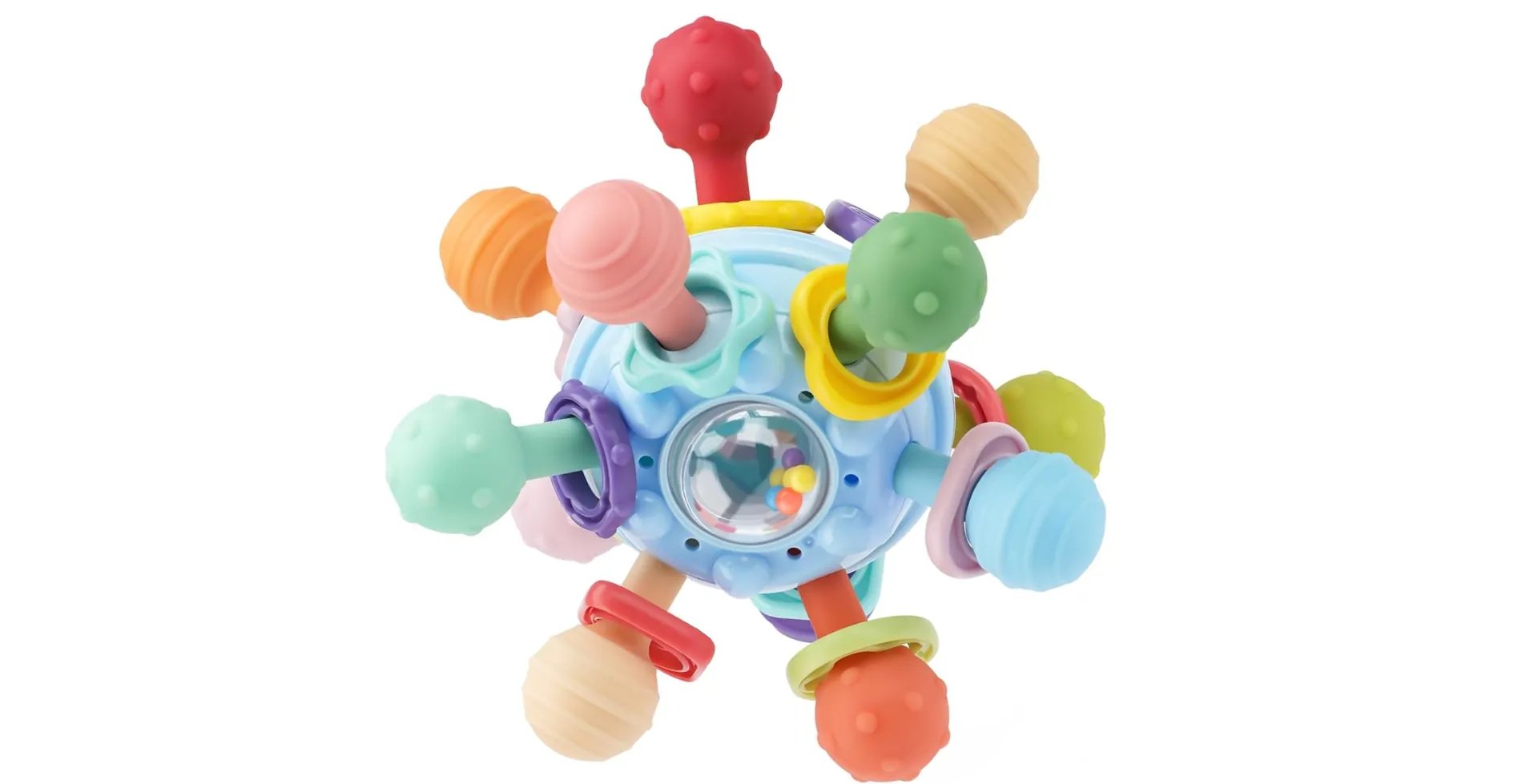
2. Design & Build: Safe, Durable, and Thoughtfully Sized
This toy is a tactile playground designed for babies who are teething, reaching, pulling, and exploring with their mouths and hands.
• Materials: Made from food-grade silicone and ABS plastic—both BPA-free and phthalate-free.
• Dimensions: Roughly 4.7" x 4.7" cube with extendable soft tubes.
• Weight: Ultra-lightweight (under 0.5 lbs) for easy handling by small hands.
• Textures: Varied surface finishes and soft silicone strings encourage sensory play.
• Colors: Soft pastel palette (blue, green, orange, yellow) promotes calm engagement, unlike the high-contrast toys that often overstimulate infants.
Ergonomically, it’s ideal for babies just starting to grab and chew. The toy fits comfortably in strollers, diaper bags, or cribs without being too bulky.
3. Features & Performance: Teething Meets Motor Skills
The toy is deceptively simple, but every feature has a developmental purpose:
• Pull Strings: Elastic silicone cords move with resistance, strengthening grasp and coordination.
• Click-Clack Beads: Auditory stimulation without noise pollution—quiet enough for peaceful play.
• Textured Surfaces: Promote tactile exploration, ideal for sensory-sensitive children.
• Teething Relief: The soft silicone edges are gentle on sore gums and safe for chewing.
• Fine Motor Training: Encourages bilateral coordination (using both hands), a foundational motor skill.
• Montessori Alignment: No electronics, screens, or flashing lights—just natural cause-and-effect engagement.
🟢 Performance Verdict: This toy succeeds in providing multi-sensory stimulation and supporting fine motor milestones, making it more than just a chew toy—it’s an early learning tool.
4. Pros & Cons
Pros
• Made from food-grade, BPA-free materials
• Safe for chewing and teething relief
• Supports sensory exploration and motor development
• Montessori-aligned, screen-free play
• Lightweight and portable
• Suitable for travel, cribs, or high chairs
• Dishwasher safe (top rack)
Cons
• Not ideal for older toddlers (12+ months may lose interest)
• Lacks interchangeable parts or extended engagement for advanced learners
• Silicone strings may attract dust/hair over time if not cleaned regularly
• No clip for securing to stroller or diaper bag
5. Use Cases & Practical Examples
• At Home Play: Great for tummy time or independent play while parents work nearby. Babies will instinctively pull, chew, and explore.
• Teething Troubles: Refrigerating the toy (not freezing!) offers soothing relief for inflamed gums.
• In the Car: Compact enough to keep babies entertained during short rides without batteries or dropped pieces.
• Daycare or Playgroups: Encourages parallel play and sensory discovery in safe, shared environments.
• Therapeutic Use: Useful for early intervention therapists or occupational therapists working with sensory-seeking infants.
6. Top Tips & Expert Advice
• Chill, Don’t Freeze: Cold silicone soothes sore gums better. Freezing can harden the silicone and make it unsafe.
• Sanitize Weekly: Top-rack dishwasher safe, but hand-washing with warm water and baby-safe soap extends longevity.
• Introduce During Tummy Time: Use it as a motivator for babies learning to push up or roll toward interesting stimuli.
• Clip Hack: Use a pacifier clip or toy tether to prevent accidental drops when out and about.
• Rotate With Other Toys: Introduce it alongside texture balls or stacking cups for varied tactile experiences.
7. Frequently Asked Questions (FAQs)
8. Conclusion: Is This the Right Toy for Your Baby?
If you’re looking for a screen-free, multi-sensory, and teething-friendly toy that aligns with Montessori values, the Montessori Sensory Teething Learning Toy is a smart and affordable choice. Its compact size, soothing textures, and developmental focus make it ideal for babies in their first year.
While it may not hold a toddler’s attention long-term, it’s perfect for those critical early months when sensory input and mouth exploration are essential to growth.
🟢 Recommendation: Ideal for parents seeking a simple, effective toy that balances play with purposeful development.

